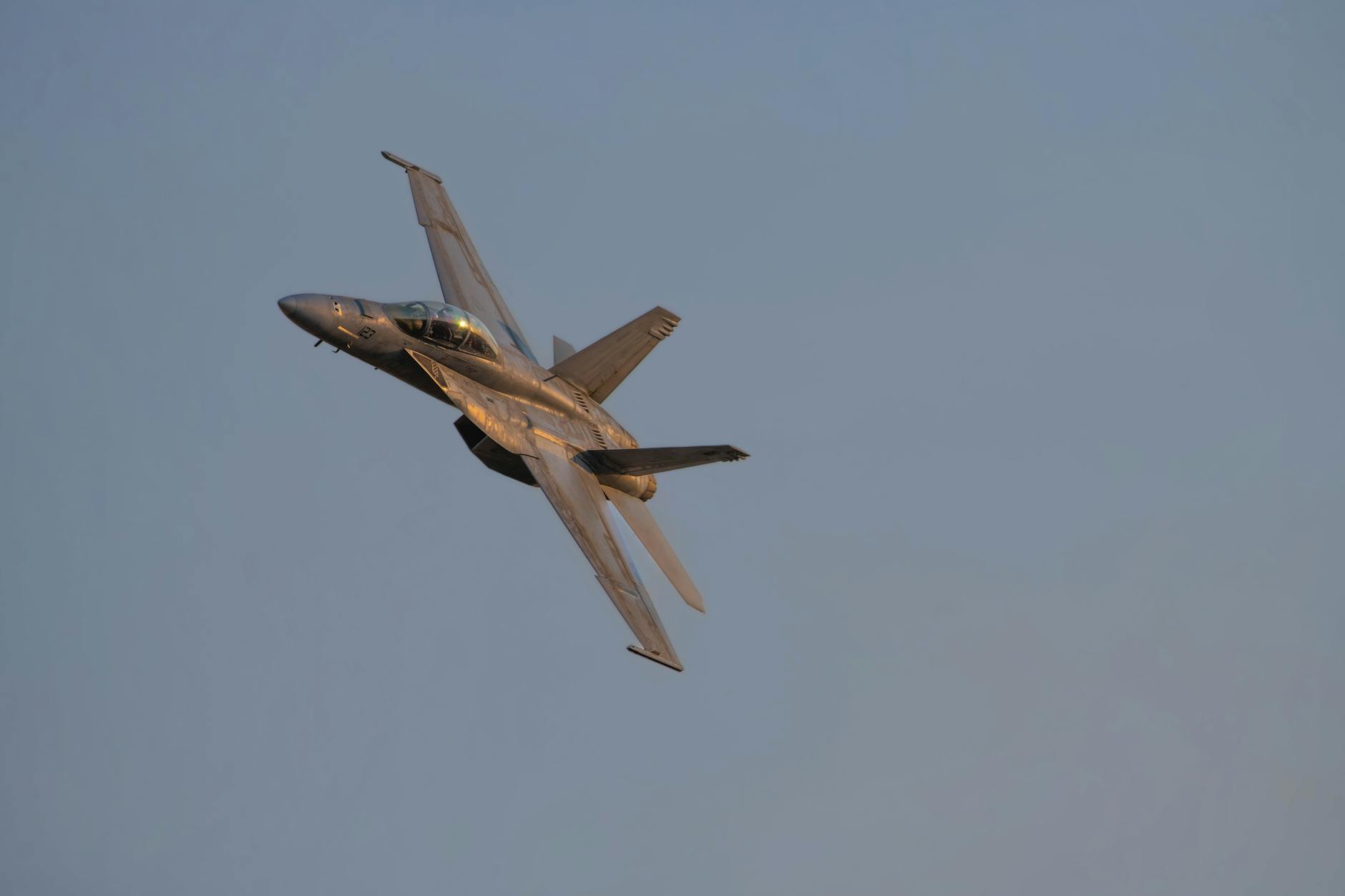F-35B in Crisis – Will This Stealth Fighter Ever Fly Again?
Introduction
So here’s the thing—the British Royal Navy‘s F-35B, one of those fancy stealth fighters that costs more than a small country’s GDP, is stuck. Like, really stuck. It’s sitting at Thiruvananthapuram International Airport in Kerala after an emergency landing, and no one’s quite sure when—or if—it’ll take off again. Hydraulic failure, apparently. And let’s be honest, when a $100 million piece of military tech can’t even make it through a training exercise without breaking down, you’ve got to ask some serious questions.
The Incident: What Happened?
Picture this: an F-35B cruising along, minding its own business, when suddenly—bam—hydraulics go kaput. The pilot? Absolute legend. Managed to land the thing safely, but now it’s just… there. Early reports say it might be a mix of mechanical wear and some software glitch. Which, honestly, isn’t surprising. These jets are packed with tech, and more tech means more things that can go wrong. Classic case of over-engineering, if you ask me.
Why Is the F-35B Grounded?
Here’s the kicker: this isn’t your granddad’s fighter jet. The F-35B can take off and land vertically—cool, right? But that also means it needs specialized maintenance, and Thiruvananthapuram’s airport isn’t exactly equipped for that. Trying to fly it now would be like driving a Ferrari with a flat tire—just begging for disaster. So, British and Indian engineers are stuck playing MacGyver on-site. And spare parts? Forget about it. They’re harder to find than a quiet day in Delhi traffic.
Repair Efforts: What’s Being Done?
Right now, it’s a joint effort—British techs and Indian defense experts working side by side. But here’s the problem: the F-35’s supply chain is tighter than a Bollywood celebrity’s schedule. Getting replacement parts is a nightmare. If they can’t fix it? Well, the only option is airlifting it out with something like a C-17 Globemaster. Expensive? You bet. Politically messy? Oh yeah. But what choice do they have?
Broader Implications for Military Aviation
Let me put it this way—this isn’t just about one jet. The F-35 program has had more hiccups than a college freshman at their first party. Critics have been saying for years that these planes are too complex, too fragile for real-world conditions. And now? The British Royal Navy is down a jet, and they don’t exactly have spares lying around. Not great when these things are supposed to be the backbone of your carrier operations.
What’s Next for the Stranded F-35B?
Three options, really: they fix it, they patch it up enough to move it, or it becomes a very expensive paperweight. A lot depends on how well the UK and India can work together—especially if they need to airlift it out. But here’s the real takeaway: even the most advanced tech isn’t invincible. Sometimes, the fancier something is, the more ways it can break.
Conclusion
At the end of the day, this stranded F-35B is a wake-up call. It’s not just a maintenance issue—it’s a symbol of how complicated modern warfare has become. Engineers are scrambling, analysts are scratching their heads, and everyone’s wondering: is the F-35 really ready for prime time? Or is its own sophistication its biggest flaw? Guess we’ll find out—if it ever flies again.
Additional Resources
- British Royal Navy Statement on F-35B Incident
- Analysis: F-35 Program’s Technical Challenges
- Video: F-35B Emergency Landing Footage
Source: Navbharat Times – Default










